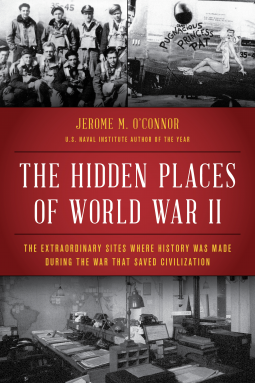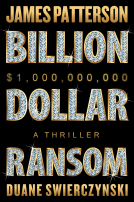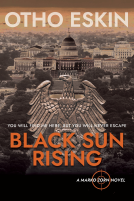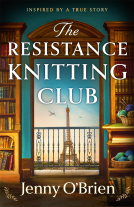
The Hidden Places of World War II
The Extraordinary Sites Where History Was Made During the War That Saved Civilization
by Jerome M. O'Connor
This title was previously available on NetGalley and is now archived.
Send NetGalley books directly to your Kindle or Kindle app
1
To read on a Kindle or Kindle app, please add kindle@netgalley.com as an approved email address to receive files in your Amazon account. Click here for step-by-step instructions.
2
Also find your Kindle email address within your Amazon account, and enter it here.
Pub Date Mar 01 2019 | Archive Date Mar 08 2019
Rowman & Littlefield | Lyons Press
Talking about this book? Use #TheHiddenPlacesOfWorldWarIi #NetGalley. More hashtag tips!
Description
Many military history readers don’t know that you can still visit Nazi U-boat pens in Lorient and La Rochelle on the French Atlantic coast (they were used in the filming of Raiders of the Lost Ark) and even pieces of the Atlantic Wall Hitler had built along the French coast in ’43 and ’44 to thwart the invasion he knew was coming. These are only two of the many hidden places the author introduces the reader to.
Available Editions
| EDITION | Other Format |
| ISBN | 9781493030385 |
| PRICE | $27.95 (USD) |
Links
Average rating from 5 members
Featured Reviews
 Terri W, Reviewer
Terri W, Reviewer
The Hidden Places of World War II is described as taking the reader to forgotten or overlooked sites where WWII history was made. Included are such places as the U-boat bases along the Bay of Biscay; how the USAAF air bases were constructed in east England and what they entailed; Trent Park, where the British eavesdropped on captured German generals; the Cabinet War Rooms where Churchill directed the war; Bletchley Park, where the code breakers won the war.
Many of these places are familiar to students of WWII, but there are surprises. The Queen Mary and the Queen Elizabeth famously brought thousands of American troops to Europe. Overlooked is that the British needed American troop transports, and ships were taken from the United States Line. The SS America, launched the day before the war began, became the USS Westpoint and moved personnel throughout the war.
Chapters can stand alone, and there is some repetition between them. There is a recital of Schweinfurt, Big Week, Black Sunday, and Germany’s ability to quickly produce at near-normal capacity after a bombing. There’s a brief bio of Jimmy Stewart’s war service, and a discussion of General McAuliffe’s reply of “Nuts” to the German demand for the surrender of Bastogne. Lots of figures for the present-day strengths of the militaries of the US, Russia, England, Germany, and China.
There’s a lot of interest here, and a lot that I breezed through.
4 stars!
An intriguing look at WWII and with unique stories.
I voluntarily read an advanced copy.
 Cristie U, Book Trade Professional
Cristie U, Book Trade Professional
The author's painstaking research and attention to detail is obvious in the writing of this book. There were many facts that I only discovered after reading this!
Readers who liked this book also liked:
James Patterson; Duane Swierczynski
General Fiction (Adult), Mystery & Thrillers
Otho Eskin
General Fiction (Adult), Mystery & Thrillers, Politics & Current Affairs
Jenny O'Brien
General Fiction (Adult), Historical Fiction, Women's Fiction










